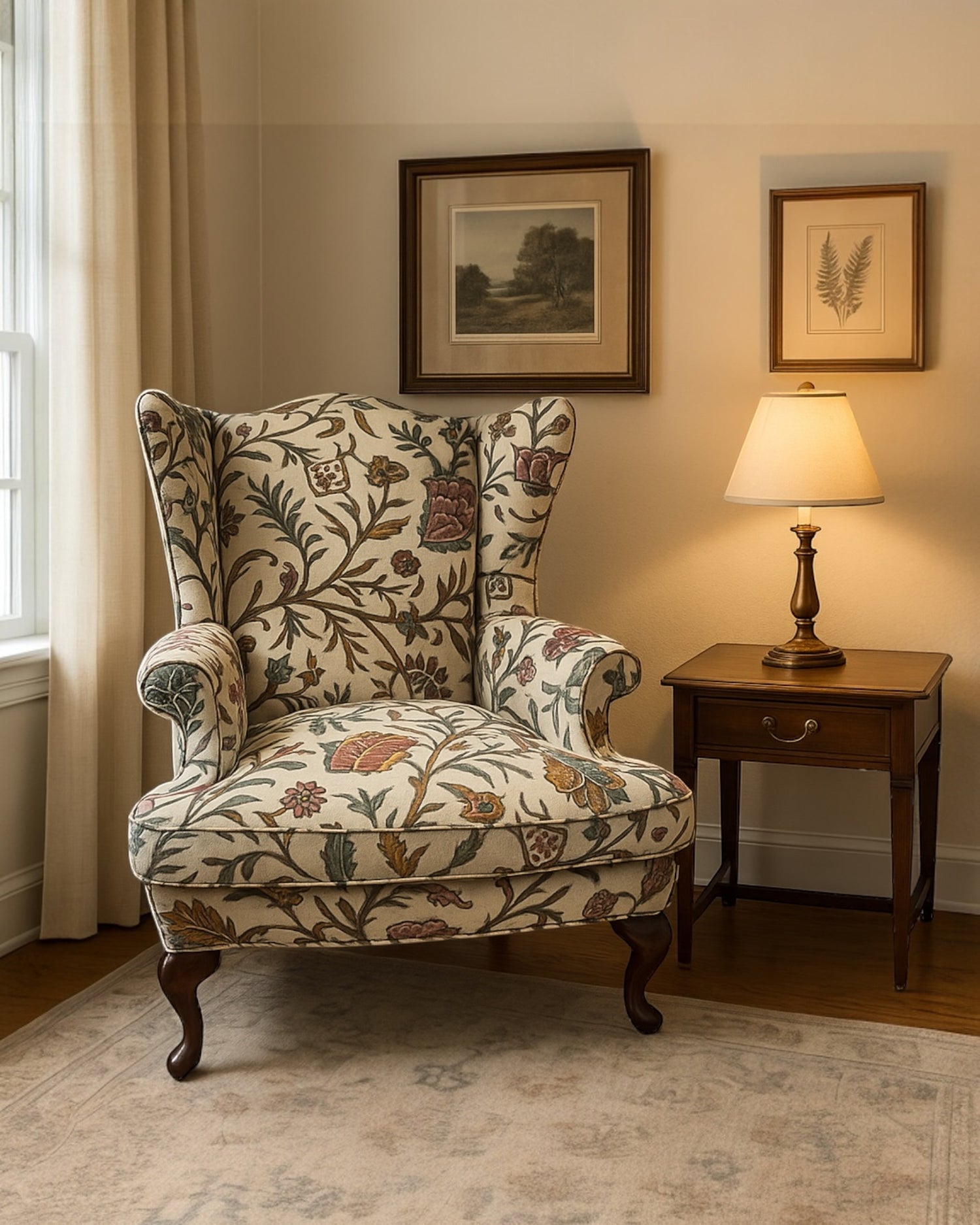
Antique vs. Vintage: What is the Difference and Why It Matters for Collectors
|
|
Time to read 4 min
|
|
Time to read 4 min
When exploring collectible treasures, you have likely seen the terms antique and vintage used interchangeably. At first glance, they may seem synonymous, but in the world of collecting, these labels carry distinct meanings. Understanding the difference between antique vs vintage is essential if you want to evaluate an item’s worth, authenticity, and desirability.
An antique is typically defined as an object that is at least 100 years old, representing craftsmanship, artistry, and cultural heritage from a bygone era. A vintage piece, on the other hand, usually refers to something less than a century old, often between 20 and 99 years old, that still holds nostalgic, design, or collectible appeal.
Recognizing how to define vintage vs antique is not just about vocabulary. It determines how collectors buy, sell, and appreciate these treasures. Collectors often pursue antiques for their timeless craftsmanship, while vintage items capture cultural style and emotional connections. Both categories enrich the collecting experience in unique ways.
An antique is not just an old item; it is a tangible piece of history. By definition, antiques are at least 100 years old. This milestone distinguishes them from younger collectibles, granting them cultural, historical, and artistic significance.
Antiques remain highly desirable because they embody artistry, rarity, and cultural heritage. For those seeking antiques for sale, it is important to work with reputable dealers who verify authenticity.
Vintage items differ because they do not need to meet the 100-year threshold. Often produced between the 1930s and 1980s, vintage pieces highlight design trends, cultural icons, and nostalgia from more recent decades.
For those looking for vintage for sale, the range is wide from clothing and jewelry to home décor. Vintage collecting is often more accessible than antiques, but well-preserved examples can still hold impressive value.
Both antiques and vintage pieces attract passionate collectors. However, the distinctions are clear:
By learning to define vintage vs antique, collectors can shop with greater confidence and appreciation.
Determining whether something is antique or vintage requires careful observation and research.
Each era used distinctive materials:
Maker’s marks or hallmarks can reveal a country of origin, maker, or date. These details are essential when deciding whether an item belongs in the antique category or the vintage category.
The function of an item also provides clues. For instance:
By examining these details, you can accurately distinguish antique vs vintage pieces.
Both antiques and vintage items bring unique benefits.
For buyers seeking antiques for sale, these benefits make ownership both financially and culturally rewarding.
If you are looking for vintage for sale, you will find pieces that effortlessly combine style and history.
When browsing vintage antiques for sale, consider the following tips:
These considerations help ensure that whether you purchase an antique for sale or a vintage item, your investment retains both charm and authenticity.
Decorating with antiques and vintage pieces creates a timeless, curated look.
When shopping for vintage antiques for sale, think not just about the item itself but how it fits into your space.
The key difference between antique vs vintage lies in age, but their appeal goes much deeper. Antiques carry craftsmanship and heritage, while vintage brings style and nostalgia. Both enrich collections and interiors. Whether you are just learning how to define vintage vs antique or searching for the perfect piece, these collectibles offer lasting beauty and meaning. From heritage-rich antiques to stylish vintage finds, your choices shape the story you tell through your collection.
Ready to start your collecting journey? Browse my handpicked selection of antique for sale and vintage for sale. From elegant furniture to decorative accents, each item in my collection is chosen for authenticity and timeless appeal. Discover unique pieces that tell a story and bring character to your space.

Antique furniture brings charm, history, and craftsmanship into every room. Start your journey today and discover pieces that truly make your home unique.